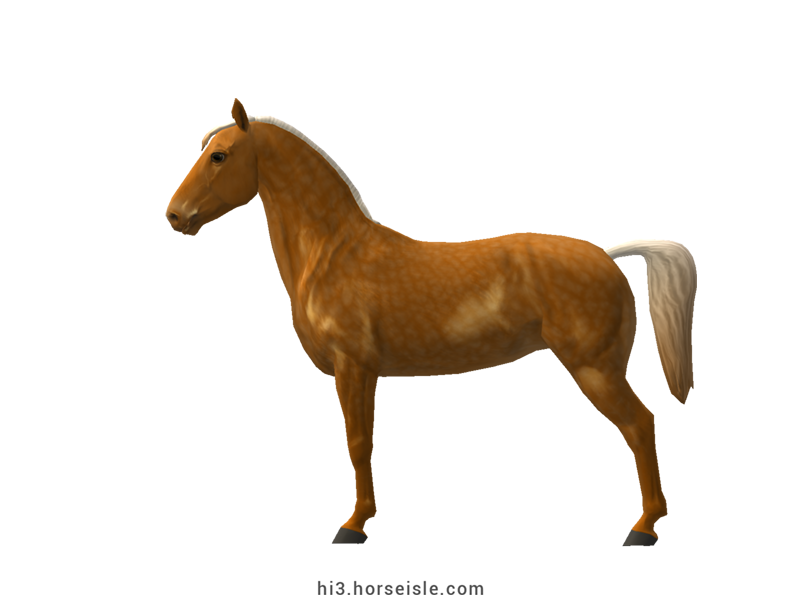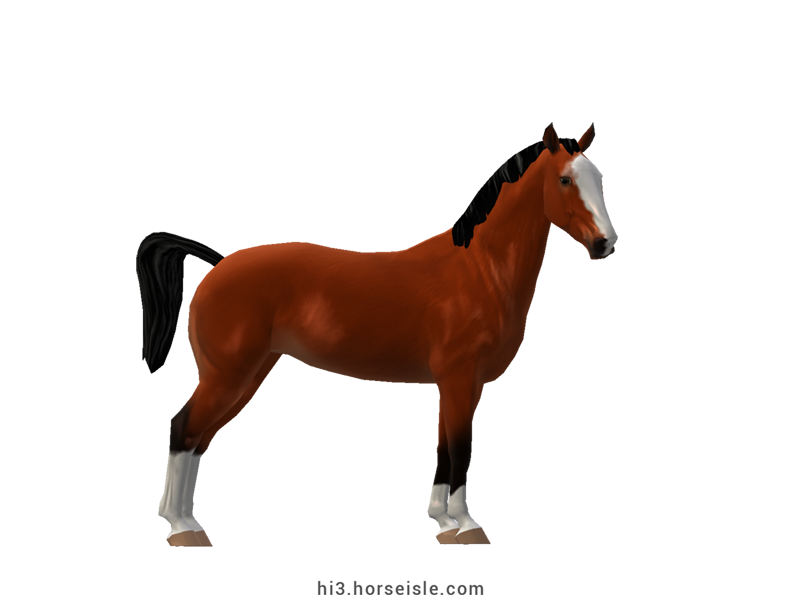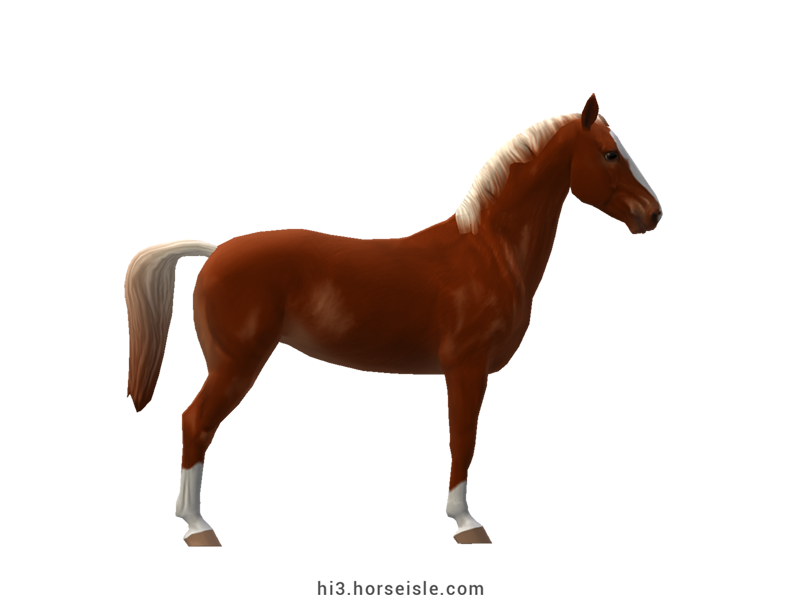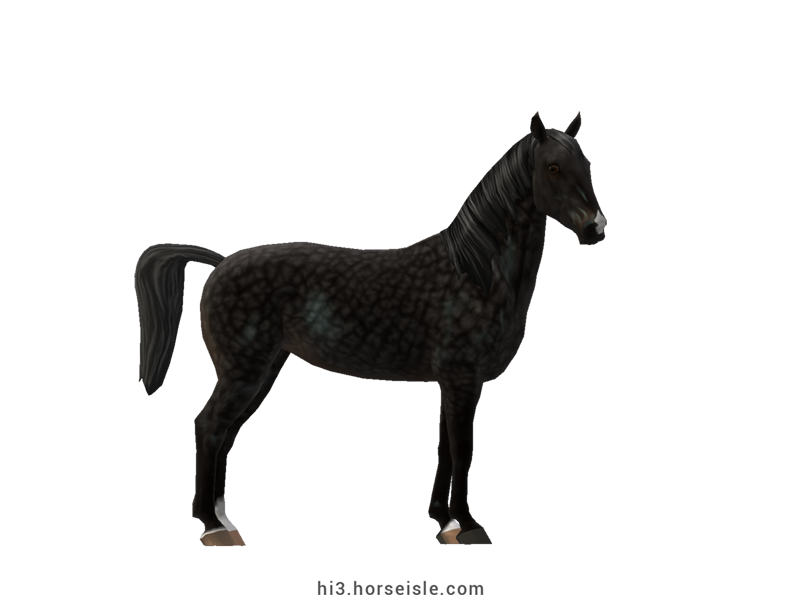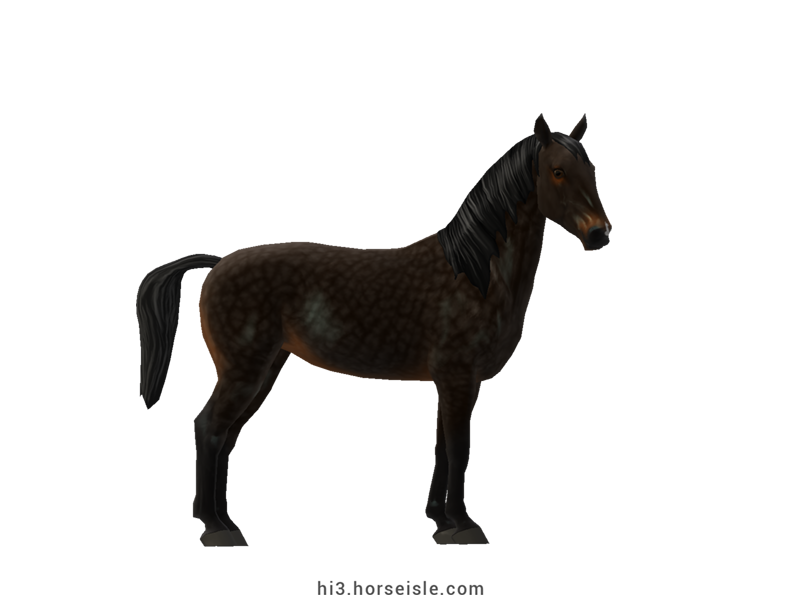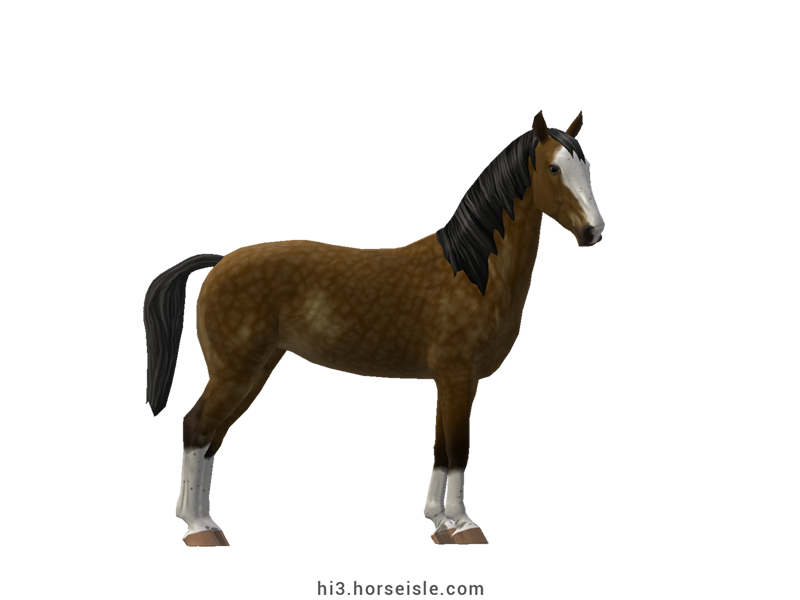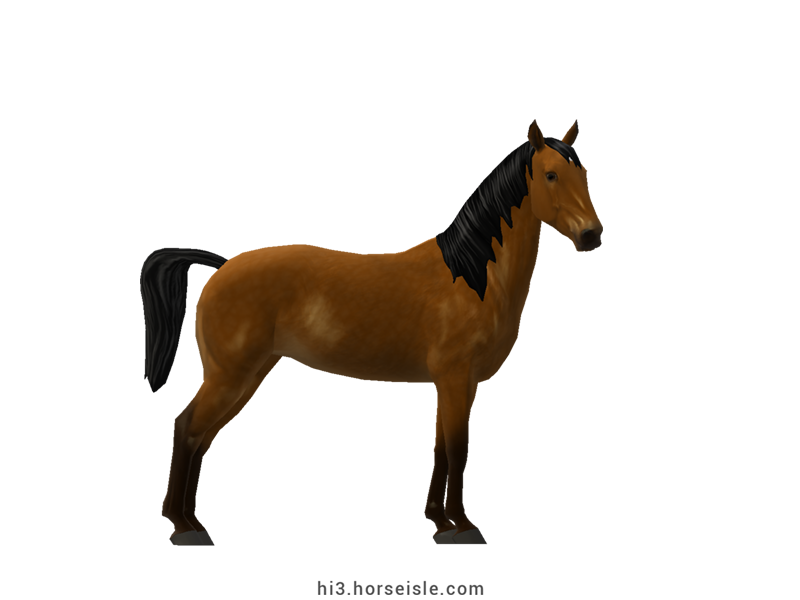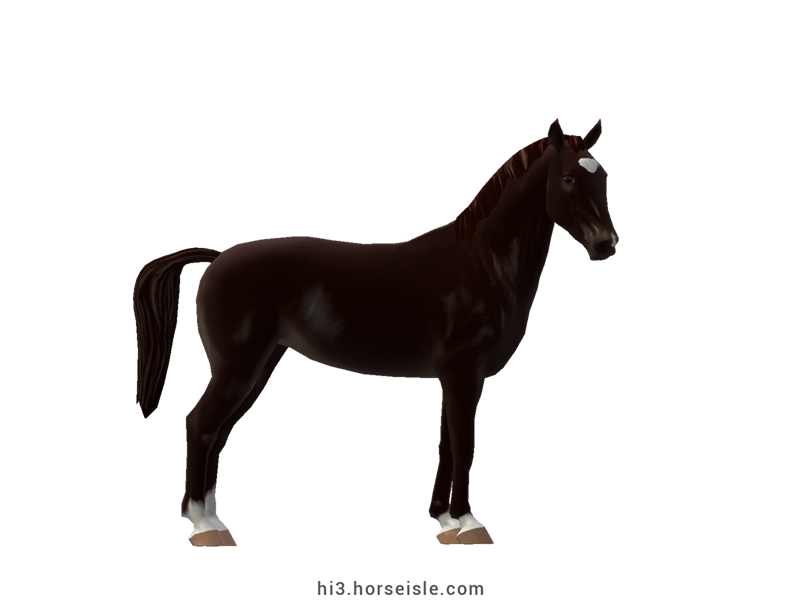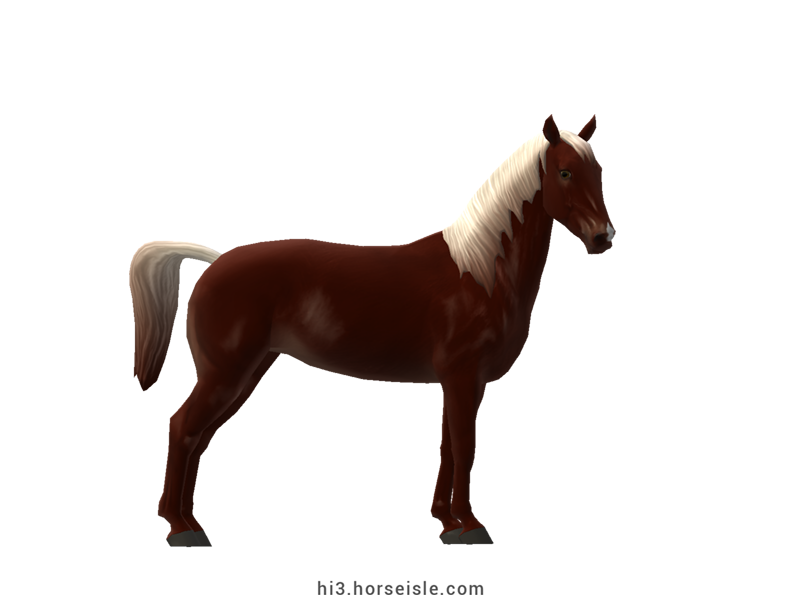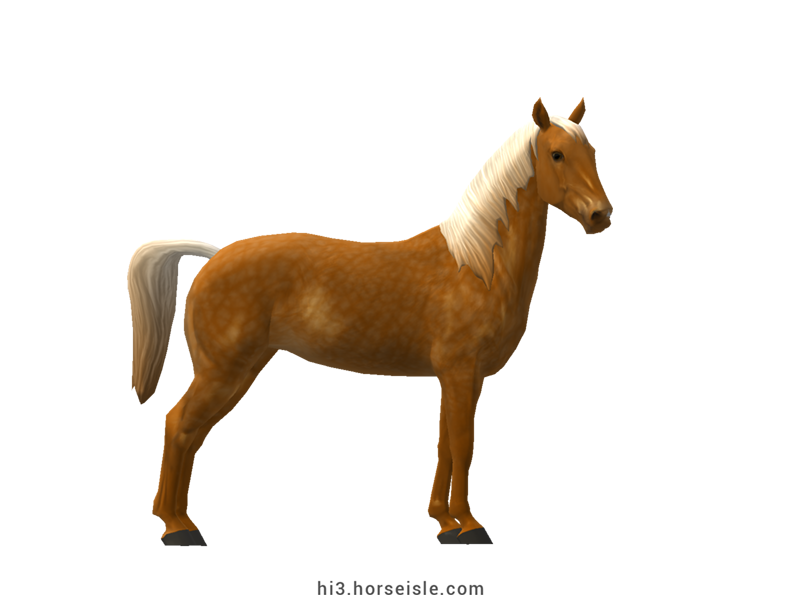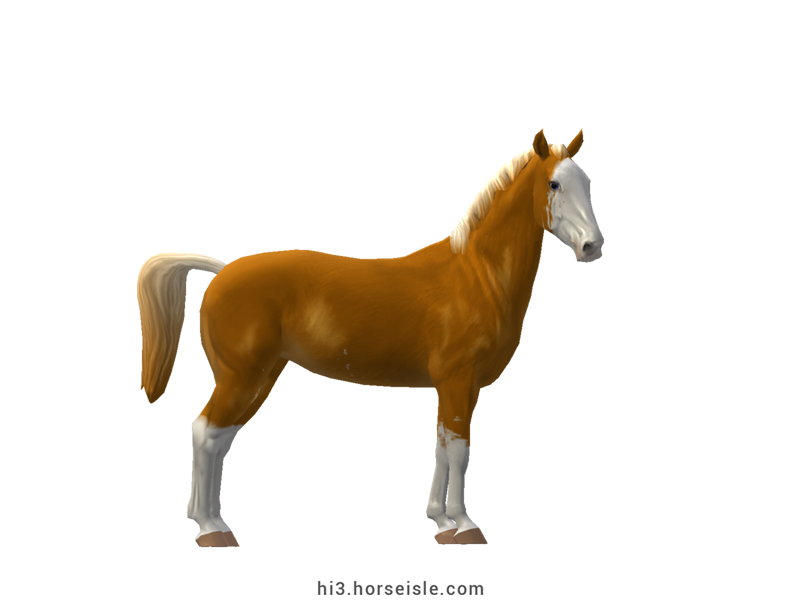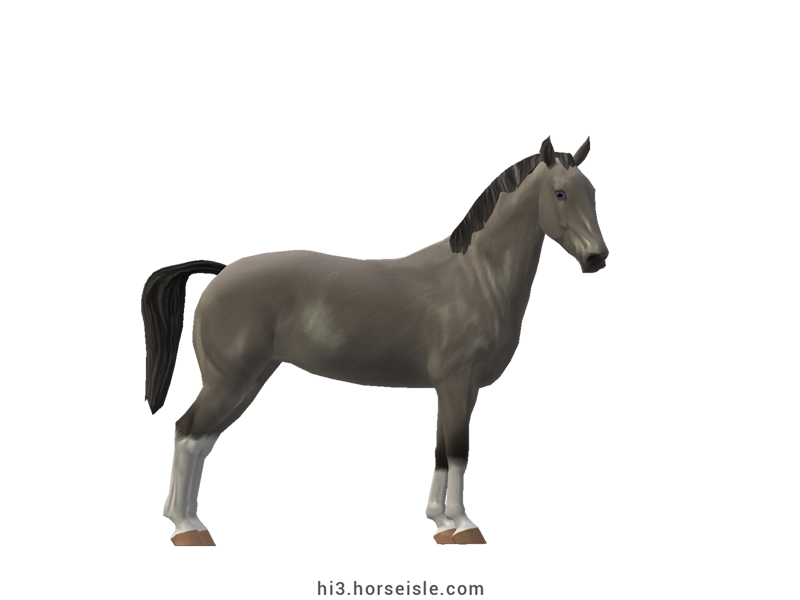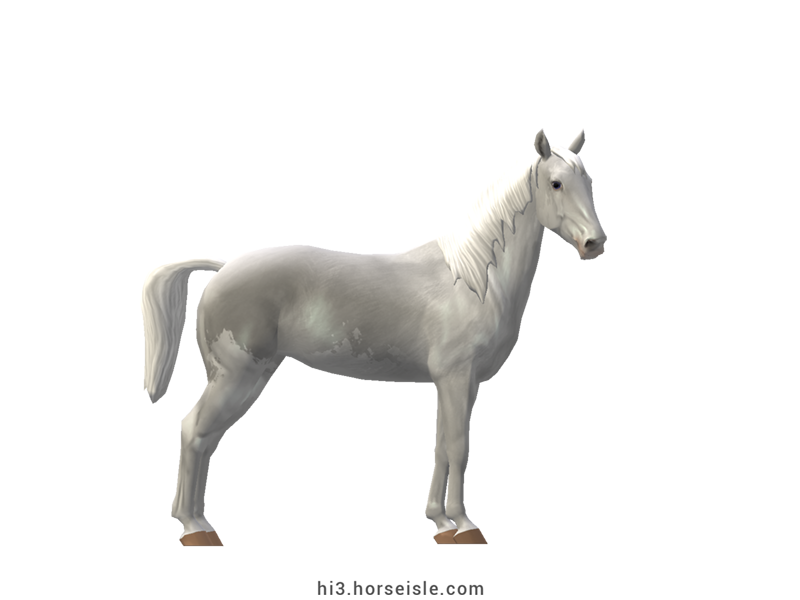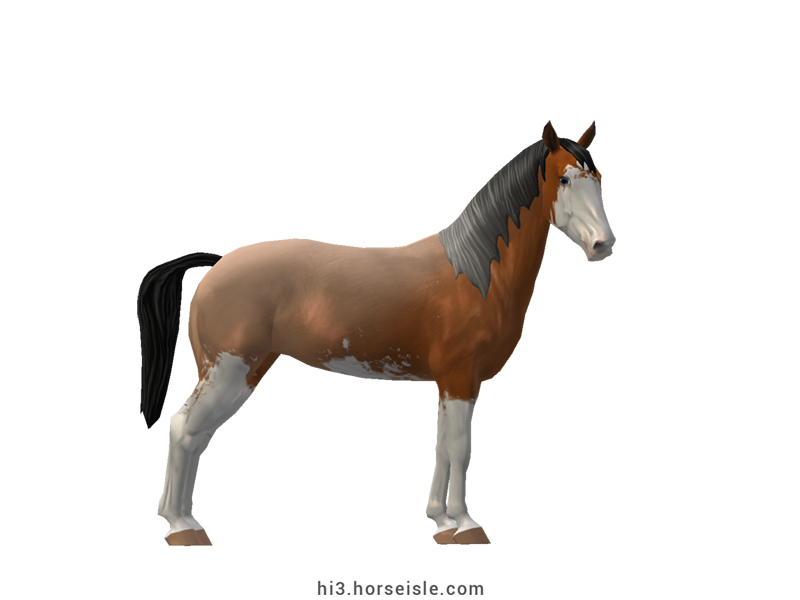Our Massive Real World Equine Reference!
[ INDEX ] Equine Type: Horse Breed: American Dutch Harness Horse (ADHH) [ PREV ] [ NEXT ]
Origins & Development:
Dutch Harness Horses (see 'Dutch Tuigpaard') have roamed Europe, especially the Netherlands, for over one hundred years. Nevertheless, it was only during the 1980s that the breed 'officially' found its way to the USA with the establishment of the North American KWPN studbook (KWPN-NA).
In 2021, the Dutch Harness Horse received another 'push' in the USA with the establishment of the American Dutch Harness Horse Association (ADHHA). Unlike the KWPN-NA, which requires a horse to be the product of registered Dutch Harness Horses, Hackney Horses, or American Saddlebreds, the ADHHA is not as strict when it comes to purity, and accepts horses of non-registered parents as long as they fit the conformation and performance criteria.
Because of the lenient breeding policy, the ADHHA views the ADHH as a 'type' of a horse rather than a breed. In Horse Isle, however, the ADHH is treated as a breed, especially because it needs to conform to the ADHHA's breeding guidelines (see below.)
Breeding:
The ADHH has an open studbook for fine harness horses who meet the breed's standard for conformation and performance, regardless of their breed.
That said, there is preference for horses to have one parent who is either an ADHH or a Dutch Tuigpaard. Therefore, in Horse Isle, every ADHH must have an ADHH or a Dutch Tuigpaard parent. The other parent can be of these two breeds, or a Hackney, an American Saddlebred, or a grade fine harness horse. In terms of conformation, however, it is advised that one parent will always be an ADHH.
Breeders in Horse Isle should note that crossing an ADHH or a Dutch Tuigpaard with a Grade Fine Harness Horse will result in a non-pure foal.
Conformation:
The conformation of the ADHH is similar to that of a Dutch Tuigpaard, and as such is characterized by a light head with a straight profile, a long and upright neck, a long back, a horizontal croup, and a high-set tail which is often held high, the legs are long, and the hooves are large. The mane and tail are finer than seen in most other breeds.
That said, because of the open book policy of the ADHHA, there can be more variation in the ADHH breed compared to the Dutch Tuigpaard. In Horse Isle, this is apparent in the conformation of the ADHH which is heavier and more muscular than that of the Dutch Tuigpaard.
Performance metrics:
The following are the: range, average, (SD), and MOE of performance metrics of ordered American Dutch Harness Horses in Horse Isle (not bred ones). In rare cases,
Speed: 16.3-17.5, 16.8 (0.3), 0.06.
Sprint: 57-70, 63 (3), 0.63.
Accel: 1.05-1.2, 1.12 (0.04), 0.01.
Decel: 0.91-1.06, 0.98 (0.03), 0.01.
Jump: 5.16-5.43, 5.28 (0.07), 0.01.
Pull: 2.2-2.92, 2.52 (0.14), 0.03.
Turning: 56.81-71.95, 64.52 (3.22), 0.63.
Reverse: 2.8-3.4, 3.1 (0.2), 0.03.
Stamina: 49.18-54.77, 52.17 (1.23), 0.24.
Reaction: 0.76-0.86, 0.81 (0.02), 0.00.
Coats & Height:
Colors: bay, brown, black, chestnut, grey.
Breeding notes: the following colors don't naturally exist in this breed, but can be bred into it: champagne, cream dilutes, dominant black, dominant white, dun, pearl, silver-dapple.
Additionals: flaxen, minimal-mealy, rabicano, roan, sooty, white-spotted sabino, all rare patterns. They often have white markings.
Breeding notes: the following patterns don't naturally exist in this breed, but can be bred into it: frame-overo, splashed-white, tobiano, sabino-1.
Height: 15.2 to 17hh.
[ INDEX ] [ PREV ] [ NEXT ]

